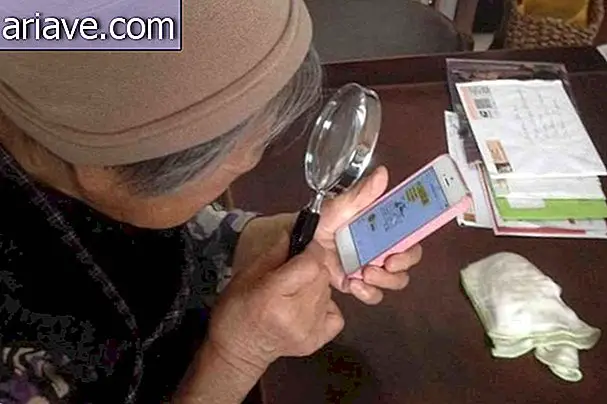Is it true that charging your phone in the car can ruin your battery?
At a time when we are increasingly relying on our smartphones, the life of their batteries and the ability to charge them when needed are crucial so that we don't get our hands on. However, it is not always that we have chargers or outlets available, so we call for an impromptu recharge.
Perhaps the most used places to charge cell phones, besides the conventional sockets, are the connections found in vehicles, both USB ports and old cigarette lighters using an adapter. This is often what saves us on a trip or keeps us from running out of batteries until the end of the day. But using this method to recover the power of smartphones can be much more damaging than it sounds.

Insufficient energy
The main problem that can happen when we charge the phone in the car is damage to its battery. This is because USB car ports usually provide too low amperage, less than 1.0 A, and the device may even consume more power than it enters, causing it to not charge properly and only to run out of battery power more slowly. When plugged into the car's USB, the smartphone consumes a lot more power than the plug can provide, and it can even lock your device and have to be restarted.
When it comes to cigarette lighter adapters, the situation improves a little, but not much, it depends a lot on the model being used
When it comes to cigarette lighter adapters, the situation improves a little, but not much, it depends a lot on the model being used. Those with outputs over 2.0 A even charge a reasonably fast mobile device, but in some cases the amperage is low, and the charger is not much use.
In any case, the supply amperage is low, and the requirement of the device may cause irreversible damage to your battery. If you connect the cable and still continue to use your phone with a GPS navigator, for example, the result is even worse. One possible solution is the power inverters, which, when connected to the cigarette lighter, turn the 12 V output into 110 V, the same as that provided in the common outlets.

This device is more expensive, obviously, because it is a bit more complex, including a fan to cool its structure. In this case, you can charge your phone battery at the same speed as you would using a standard outlet, because its voltage is the same.
Old battery
Another risk you can take by recharging your mobile phone battery in the car is draining the car battery. Of course, fully functioning new batteries could not be depleted just by a mobile phone charging, especially with the car running and the vehicle's power source constantly being recharged by its movement.
In the end, the best thing you can do is to charge your phone to a regular wall outlet.
However, if your car has an old battery that needs to be replaced, it is quite risky to use its power sources to charge anything, including smartphones, as the charging requirement may be higher than your old battery can handle. Then, having a dead cell phone will look like a little close to running out of battery in the car.
In the end, the best thing you can do is to charge your phone to a regular outlet, either before you leave or after you arrive. While being a hand on the wheel, charging your smartphone on any type of low power source may not only not work very well, but may also damage your device's battery.











